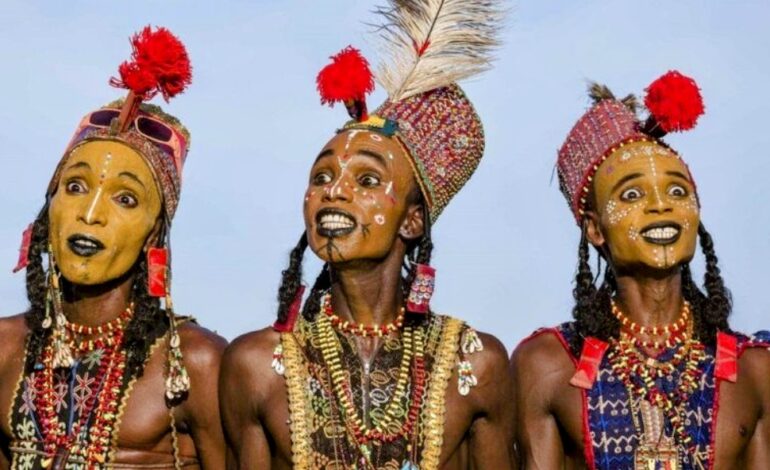
Wayne Lumbasi
Africa has a very diverse culture. It is rich in natural resources and offers breathtaking tourist attractions.
* Some of these practices are waning or not observed like they were in the past.
The following are some unique cultural practices found in the continent:
GUEREWOL FESTIVAL
In the Wodaabe community of Niger, the human mating ritual takes a page from nature’s book. The Guérewol is an annual ritual and competition that sees young men dress up in elaborate ornamentation and traditional face paint and gather in lines to dance and sing.
The goal is to get the attention of one of the judges – a marriageable young woman. In this particular tribe, the ideal male beauty is bright eyes and teeth, so men will often roll their eyes and bare their teeth to show off their sex appeal.
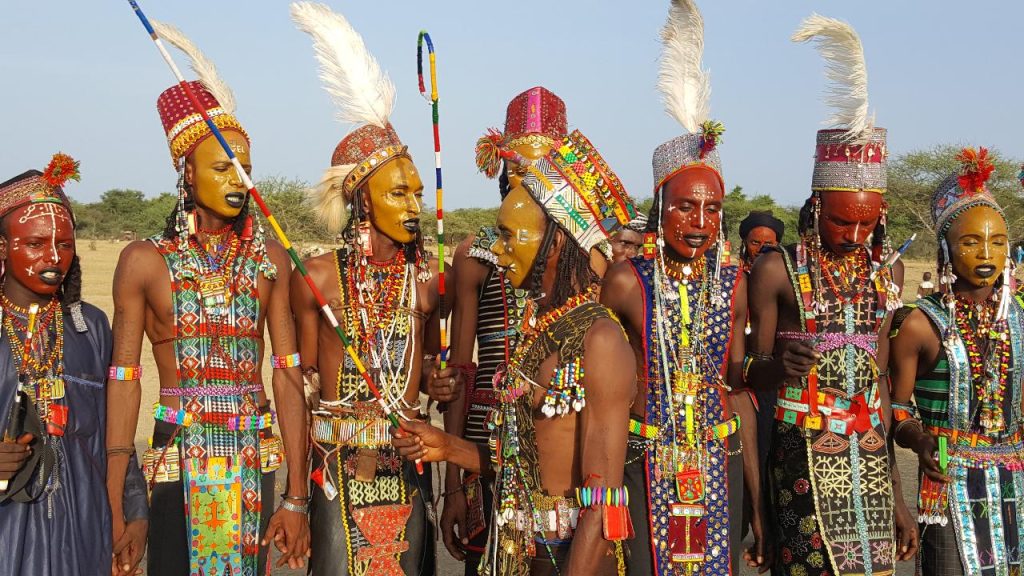
It’s a colorful, centuries-old festival. Men put on makeup, dress up, and perform a series of enigmatic dances to woo a new wife. If they do not get a wife, they, at the very least have scored a night of pleasure.
It is a beauty contest with a twist. Men wake up at dawn to paint their faces with red ochre, draw white dots, and pile on the jewellery. They also apply a shade of black or blue lipstick during preening sessions that last for hours.
THE LIP PLATES OF THE MURSI
The Mursi are a community that lives in the Omo Valley in Ethiopia. One of the most famous traditions of mursi women are the clay lip plates inserted into their lower lip. The practice happens when a woman reaches the marriageable age of about 14/15 years.
The two lower teeth are knocked out, usually by a rock and a slit made in their lower lip in which a small wooden plug is inserted. This plug is replaced by a larger one ongoing until the lip is stretched enough to hold a clay plate. The lip plates signify status and beauty.
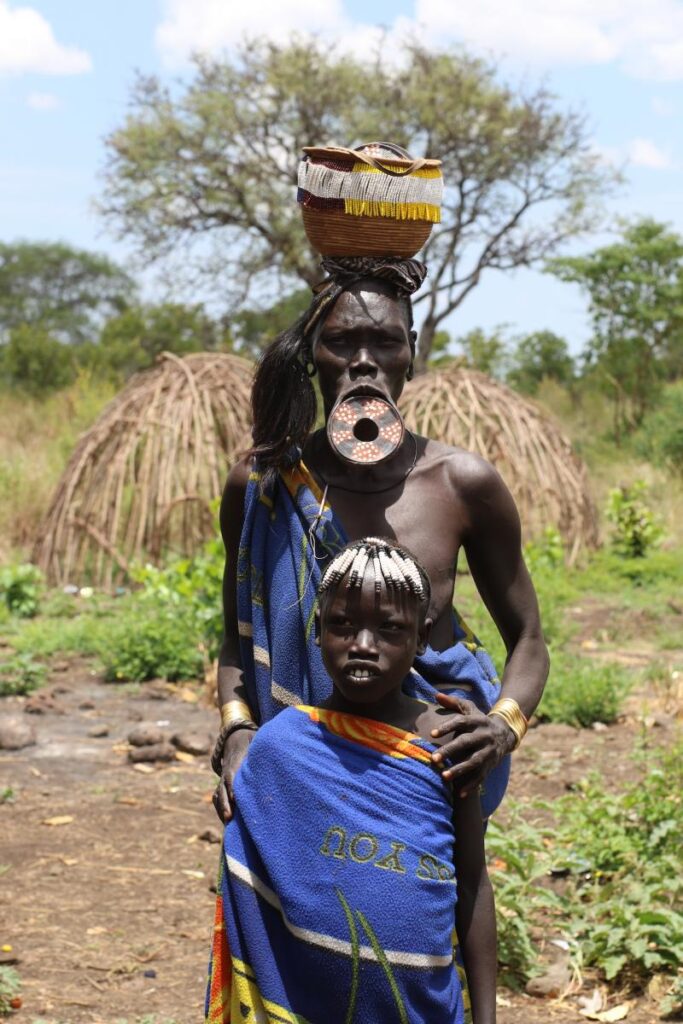
SPITTING OF THE MAASAI
The Maasai people are a semi-nomadic community that reside in southern Kenya and northern Tanzania who use spitting as an important part of their culture.
In some parts of the world you could be prosecuted for spitting on or near someone; however, if you ever find yourself in southern Kenya or northern Tanzania, consider yourself ‘favored’ if anyone spits on you.
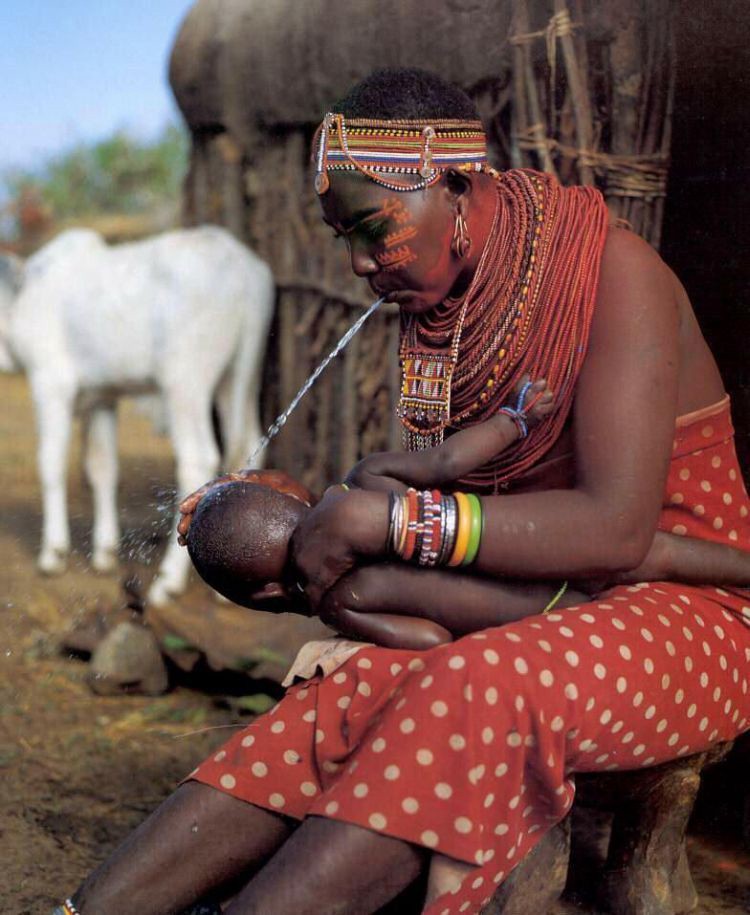
Spitting to show respect. For the Masaai, spitting is a sign of respect. They spit on their palms before handshakes. This is how they greet each other, seal deals and wish each other luck.
Spitting as a marital blessing. Typically, before a Maasai wedding, the bride’s head is shaved and applied with lamb oil and fat. Then during the wedding ceremony, the father of the bride blesses his daughter’s marriage by spitting on her head and breast. This is believed to bring good luck to her marriage.
Spitting to ‘anoint’ newborn babies. The spitting custom of the Maasai extends even to new born babies. When a child is born, parents, friends and all who visit the family spit on the newborn baby to wish it good fortune and long life. They believe that if they praise the baby it may be cursed and not survive–so they annul this by spitting on the child and saying bad things about the child.
THE HEALING DANCE OF THE SAN
The San tribe (also known as the Bushmen) is one of the oldest communities of Southern Africa, where they have lived for at least 20,000 years.
This set of people are not likely to be found in one place anymore on their native lands in Botswana, Namibia, Zimbabwe, Lesotho and Mozambique as they have been displaced due to civilization, tourism, poverty and other factors. A few of them though still live in their native land and still practice the healing dance.
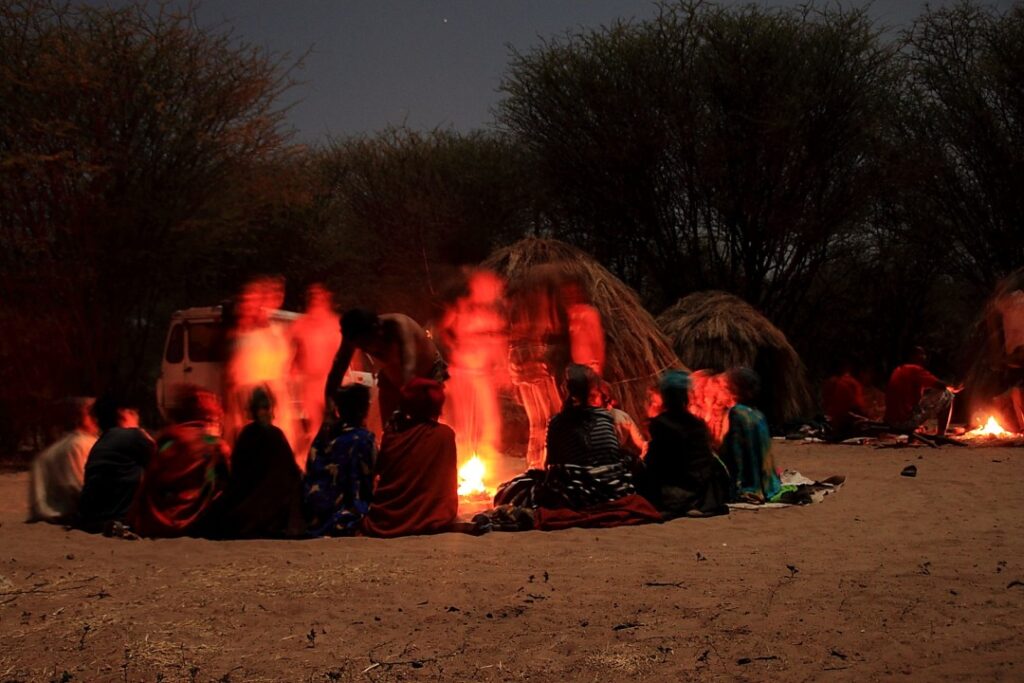
For the San people, dance is a powerful tool. It is magical and sacred and seen as a form of prayer to the spirit of the ancestors and the gods. When it is time for ritual, women and children sit by the fire as they sing songs and clap at the rhythm of the music while the healers, particularly men, dance around this fire with rattles tied to their ankles until they enter the state of trance where they come into contact with the spiritual world.
During this state of trance, they experience a change in themselves which they feel can give them enough energy to heal the sick by channeling this energy into them.
THE BULL JUMPING OF THE HAMAR
In the southwestern region of Ethiopia, down the Omo River Valley, lives the Hamar community. They are pastoralists and greatly treasure their cattle.
While African tribes have diverse rituals/methods of initiating boys into manhood, for the Hamar, it involves bull jumping. The initiate must jump over the backs of the bulls four times without fail, and usually in the nude.
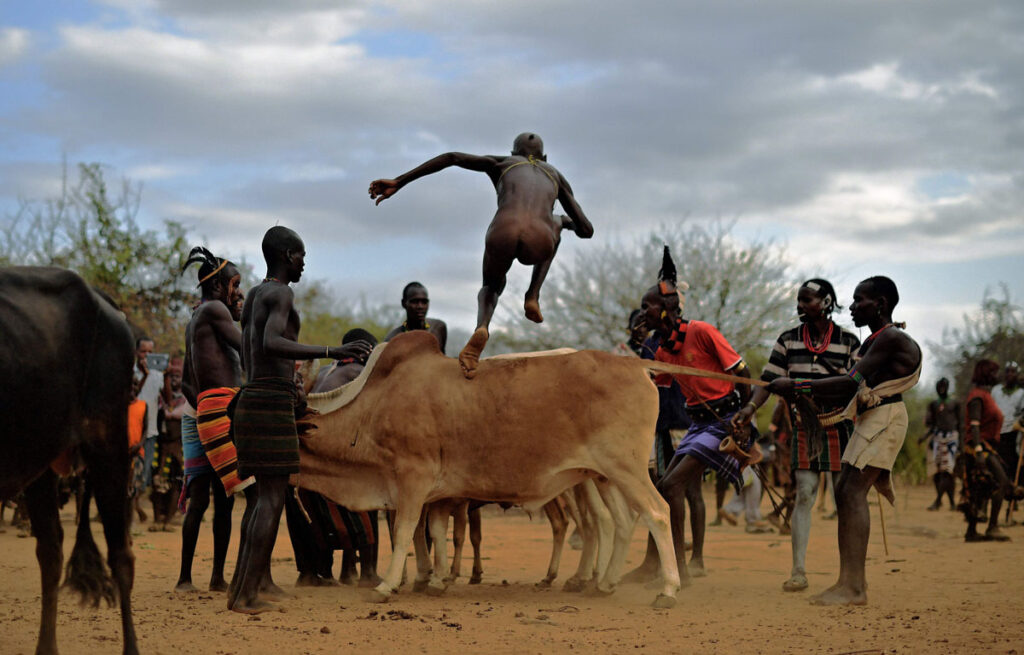
The three-day-long event is quite important to both the initiate and his family. Failure brings him and his family shame, and the initiate would have to wait until the following year for another attempt. On the other hand, if he succeeds, he is set to marry a girl of his family’s choice and also qualifies to own cattle.





Recent Comments